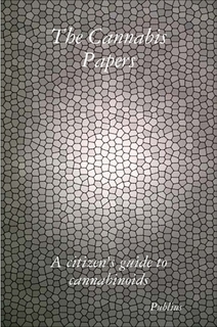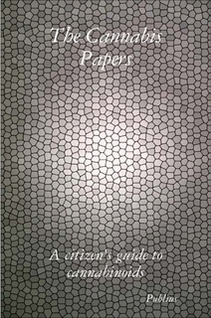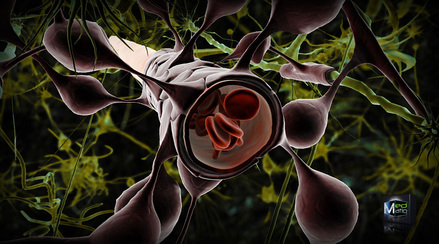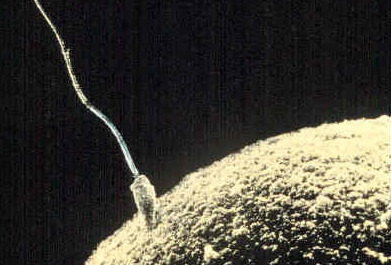 The Cannabis Papers by Publius
The Cannabis Papers by Publius In The Cannabis Papers: A citizen’s guide to cannabinoids (2011), we noted evidence for a CB3 receptor in addition to CB1 and CB2. The research suggested that there was more happening (things to be accounted for, scientifically) and another receptor was proposed. In 2017 it looks like the best answer is a third category of activity and not a specific receptor; notably, this third activity involves many other kinds of receptors.
The Guide to Pharmacology website has an introduction page for cannabinoid receptors; at the bottom of the page there is a section on this third activity (non-CB1 and non-CB2 modulation). The site notes it is “generally accepted” that other receptor types, and thus other systems, are modulated by cannabinoids; this is true for endo, plant and pharmaceutical cannabinoids.
This third signaling effect connects progesterone and nuclear receptors to cannabinoids; it also suggests modulating endometriosis is similar to homeostasis: both depend on cannabinoids for healing and health.
*Next Up: Wednesday 21 June and a 2020: Virtual Representation and We the People.
Posted by Bryan W. Brickner










 RSS Feed
RSS Feed
